 Christmas at our house was as if the windows of heaven had opened.
Christmas at our house was as if the windows of heaven had opened.
There were piles of shiny, colorful goods scattered all through the living room. As the oldest of nine children, I had the privilege of seeing every one of those childhood Christmases. What made it so wonderful wasn’t what was in each pile, but the abundance of goods scattered neatly about. Walking into that living room in the dimness of early morning, the red, green, and orange of the Christmas tree giving a soft glow, was magic.
My parents weren’t wealthy; in fact, I would say that we were in the lower half of the middle class most of the time and slipped even lower on occasion during my growing-up years. Their secret to such extravagance at this one time of year was the Five and Dime, the Dollar store of the past. There might be one long-sought-after item, while the rest was a world of possibilities, of hours of fun that we hadn’t even thought of.
The truth was that the contents of the piles didn’t radically change from year to year, that is, until we entered our teens; but until then, the same things, with a few changes, would be found year after year. We never grew tired of it because it was always about possibilities; it was freshly new. There would be color books, crayons, colored pencils, markers, scissors, glue, glitter, colored paper, pipe cleaners, sequins, paint, and chalk. We would find marbles, gyroscopes, pick-up sticks, etch-a-sketch, magic erase boards, silly putty, paddle balls, board games, and clay, which eventually gave way to playdough. There would be card games, flash cards of every variety, and paper dolls. There were small doll houses with furniture, people, cars, and animals. There were toy soldiers, cowboys and Indians, plastic farm animals with fences and barns, sewing cards, and an occasional kit. And don’t forget the books, lots and lots of delightful books. Things rarely squeaked, talked, boomed, crashed, or moved by themselves. All that had to be provided by us and our infinite imaginations. Those abundant and homely Christmases were a wonderful gift that our parents gave us. We knew what was coming for the most part, but my parents had a way of making it all seem so special.
What made them even more wonderful was the sense of anticipation.
If we want our children to engage with family work, family meals, and family activities, it’s helpful to create a sense of wonder and possibility, to increase the sense of anticipation. This can happen more often when you remember and use the 5 Principles of Power: Structure time and be consistent, remain present, make it special, keep it simple, and plan ahead.
When things you do as a family, even things kids don’t look forward to, such as family work, have a sense of anticipation, they go better. The content of the activity doesn’t have to be amazing or new to have the success my parents had at Christmas. When there is a sense of anticipation, your family will work together better, enjoy each other more, and even do homework with less fussing. : )
Let’s look at family work because I know you are all saying, “No way will this be successful.” : )
Structure time and be Consistent – Let’s say you’ve set Thursday evening for your family to work together and get the basic chores done. Notice I didn’t choose Friday or Saturday. If you have teens, they will be busy. : )
You remain present with your kids. You check on each one over the time you have committed to this family activity. An hour is good. Look in a bedroom door, “Hey, how’s it going?” “Need any help?” “Wow, you’re doing a good job!” “Here, let me help you with that.” Stop by the child doing dishes and rinse a few, while smiling. Check on the one doing the bathroom and wink as you make a funny comment.
Make it special – When you finish the work, serve ice cream cones. Maybe watch a TV show together. Possibly, you sit at the table and tell jokes or play a game. Every family’s different. What does your family love?
Keep it simple – Have chores assigned and rotate them. Everyone knows what they need to do each Thursday.
Plan ahead – Know if there are any school or community activities coming up that could interfere and adjust. Remind everyone the day before, “Remember tomorrow night is Family Work Night. We’re going to have Oreos and milk.”
When you create a feeling of anticipation and are consistent, then even family work can be successful. Remember, nothing is perfect. Some weeks, family work may not be as successful as others, but your consistency, over time, will make a difference.
When you want to engage with a child or your family, ask yourself the question: “How can I create a sense of anticipation by using the five principles of power in this situation?”
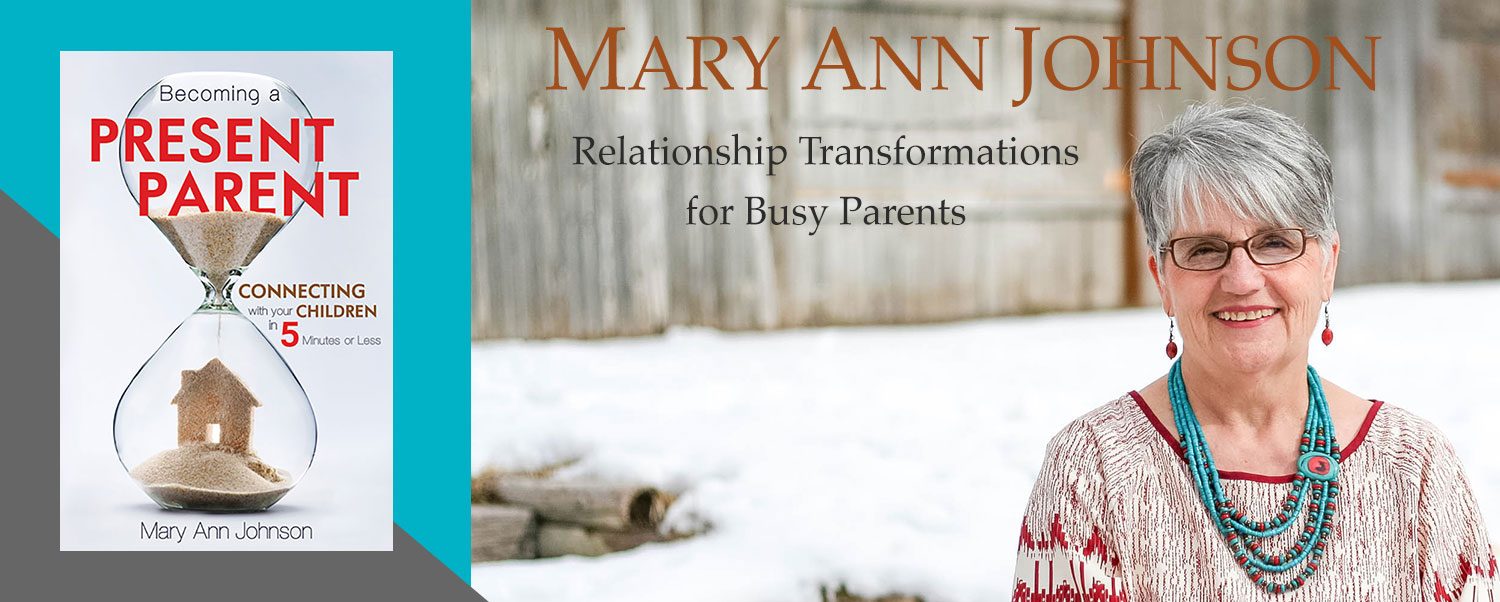


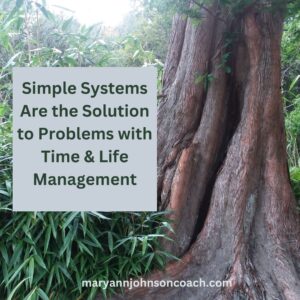 I have learned from lived experience that simple systems are usually the solution to difficult problems in time and life management. This was not an easy lesson to learn, and I occasionally still ignore this truth, but when I do,
I have learned from lived experience that simple systems are usually the solution to difficult problems in time and life management. This was not an easy lesson to learn, and I occasionally still ignore this truth, but when I do,
 On March 3, 2024, I published an article titled
On March 3, 2024, I published an article titled 
 Anne Murdock just retired from decades of working with special needs children. That is our big link, as I have a special needs granddaughter. We met in church and became fast friends. Although I moved, we have stayed in touch. Recently we began meeting for lunch. We each drive about 30 minutes and it has been fun.
Anne Murdock just retired from decades of working with special needs children. That is our big link, as I have a special needs granddaughter. We met in church and became fast friends. Although I moved, we have stayed in touch. Recently we began meeting for lunch. We each drive about 30 minutes and it has been fun.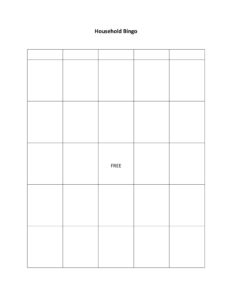
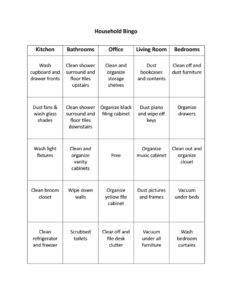 “bigger” tasks, maybe more than 20 minutes. She designed this card with ‘things that are bugging me’ in mind.
“bigger” tasks, maybe more than 20 minutes. She designed this card with ‘things that are bugging me’ in mind.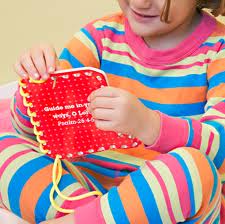
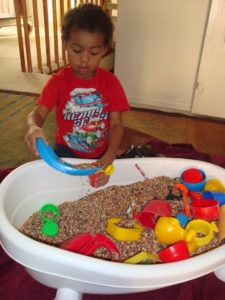
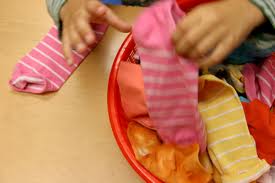

 I like Kerry Patterson. He is a great writer and from my era, so I relate to everything he writes. Back in September 2012, Kerry
I like Kerry Patterson. He is a great writer and from my era, so I relate to everything he writes. Back in September 2012, Kerry 
 I have a friend, Nicole. She was a solopreneur, and a single mom, who homeschooled her two boys. That was a load to carry, however, Nicole manages well. That wasn’t always the case.
I have a friend, Nicole. She was a solopreneur, and a single mom, who homeschooled her two boys. That was a load to carry, however, Nicole manages well. That wasn’t always the case.
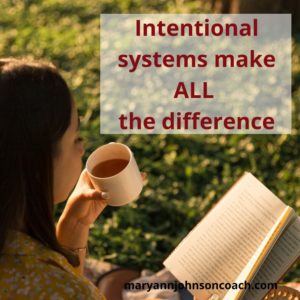 When I mentor moms, I hear about all the things that aren’t working. That is what they come to me for – for perspective, to see with new eyes. I enjoy this process of sorting it out. We often begin with family systems, so things start to work better.
When I mentor moms, I hear about all the things that aren’t working. That is what they come to me for – for perspective, to see with new eyes. I enjoy this process of sorting it out. We often begin with family systems, so things start to work better.
 I have always had a dining room or kitchen table. Even in our first home, which was small, we had a table. I loved having a table. It was good to rest my elbows when I was reading or studying.
I have always had a dining room or kitchen table. Even in our first home, which was small, we had a table. I loved having a table. It was good to rest my elbows when I was reading or studying.
 In our district, kids are going back to school only two days a week. WHAT!!
In our district, kids are going back to school only two days a week. WHAT!!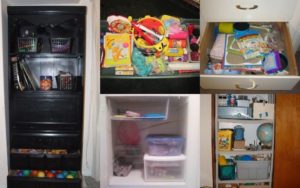 dresser, or any other place you can put new items to share with your children. It’s not the same as a storage space where you keep your learning materials, books, and craft items. Its purpose is to create a time and place when your children will be exposed to new and exciting ideas or be able to engage in things that already interest them, and where parents connect with their kids. It’s a time and space where both adults and kids can share what they feel joy or passion in, and what interests them, their SPARKS. I’ll share information on how powerful SPARKS can be.
dresser, or any other place you can put new items to share with your children. It’s not the same as a storage space where you keep your learning materials, books, and craft items. Its purpose is to create a time and place when your children will be exposed to new and exciting ideas or be able to engage in things that already interest them, and where parents connect with their kids. It’s a time and space where both adults and kids can share what they feel joy or passion in, and what interests them, their SPARKS. I’ll share information on how powerful SPARKS can be.